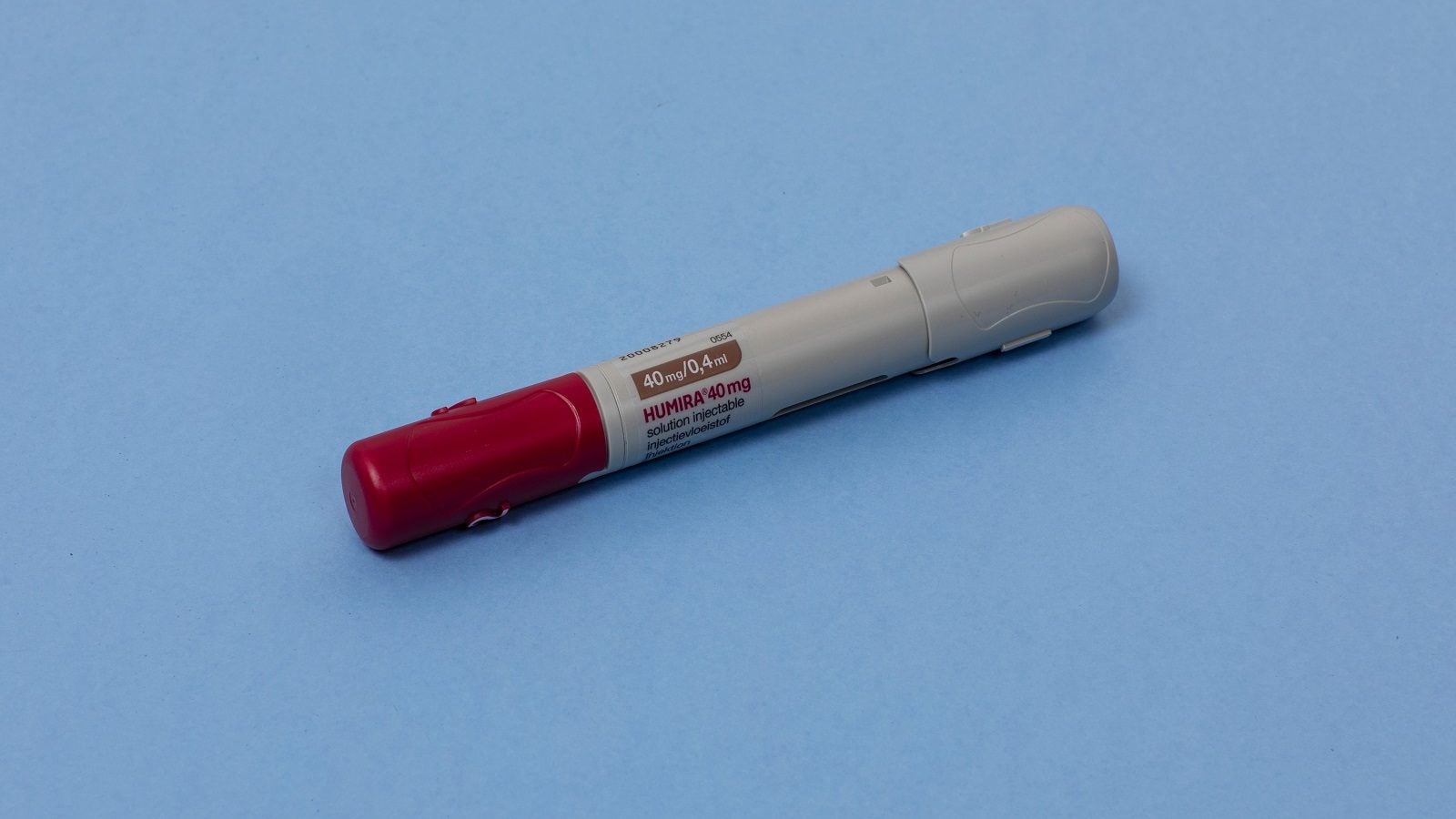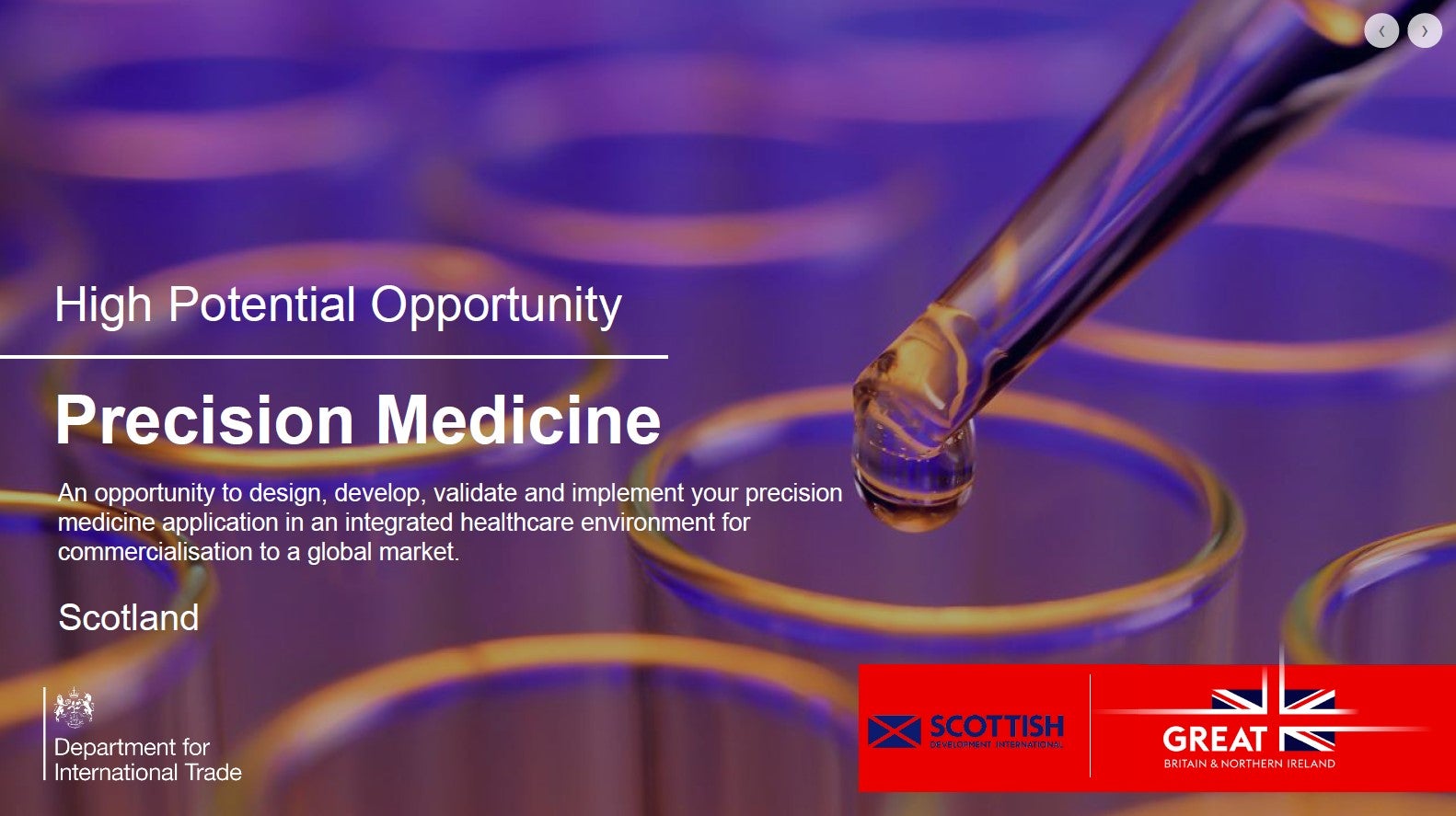
Humira: AbbVie’s Revolutionary Drug and Its Impact
Sales of AbbVie’s blockbuster drug Humira peaked at $18.9bn last year and, according to analysts at Evaluate Pharma, the product is expected to generate $15.2bn through to 2024. These figures are indicative of the drug’s continued dominance in the global marketplace, but Humira’s success story has not been without its challenges.
Barbara Gilmore, a senior industry analyst at Frost & Sullivan reflects on its development. “Humira (D2E7, adalimumab) was originally developed through a joint venture between Cambridge Antibody Technology and BASF in the UK,” she explains. “In 2000, Abbott acquired the pharmaceutical segment of the German chemical company, BASF, for $6.9bn. Abbott at that time was highly criticised by many investment banks for not having any blockbuster drugs in their pipeline. Abbott’s hope was that D2E7 would be the needed blockbuster.”
Abbott split into two companies in 2013, with the pharma firm taking the name AbbVie. Humira moved to AbbVie, where it remains today.
Humira: building a blockbuster
Chronic life-long diseases requiring ongoing therapies and conditions with large populations lend themselves to large revenue streams for drugs such as Humira. Lifecycle planning has been a key factor in the medication’s success with the drug being approved for nine different indications including rheumatoid arthritis (2003), psoriatic arthritis (2005) and Crohn’s disease in adults (2007).
“When the price of the drug is high to start with and then increased incrementally twice per year, year on year, the revenues skyrocket,” continues Gilmore. “AbbVie’s lifecycle management and investment in clinical trials for multiple indications, has been critical to the success of the drug.”
Lifecycle planning also involves the development of new formulations and routes of administration, which can add years to the patent expiry dates. In 2006 AbbVie launched the Humira Pen, a self-injecting device, and it is currently in Phase III clinical trials for three additional indications – unspecified arthritis, peripheral spondyloarthritis and pyoderma gangrenosum.
“When new indications are approved for diseases with small patient numbers (‘orphan’ indications with patient populations less than 200,000), orphan drugs can receive seven additional years of exclusivity for the specific orphan indication, even if other indications lose exclusivity,” explains Gilmore.
Employing an efficient marketing strategy for Humira has also been of benefit to AbbVie. “When you consider the marketing efforts for these indications, you see that there are only a couple of physician specialties that need to be reached, meaning you get more bang for your buck when it comes to details,” says Gilmore. “If one rheumatologist can prescribe the drug for over half the indications and gastroenterologists for another several indications, sales reps can cover greater territories with fewer calls to doctors.”
Patent expiry and biosimilars: opening the door for competition
Although the initial US Humira patent expired in December 2016, AbbVie is using its patent portfolio and newer patents for the drugs manufacturing methods and formulations to gain extra years of exclusivity.
“The European patents will expire in October 2018, opening the door to biosimilars on the European market,” says Gilmore. “In the US, the patent exclusivity runs to 21 January 2023 so Humira biosimilars from Amgen (Abjevita) and Samsung Bioepis (Imraldi) will not hit this market until then. In Europe, when the patents for biologics Enbrel and Remicade expired, there was a resulting decrease of 10%-15% in the cost of therapy, a trend which Humira will likely mirror.”
Although physicians have expressed concern about the safety of biosimilars, Amgen is respected for its industry manufacturing ‘know-how’ in both oncology and immunology, which may boost physician confidence in prescribing their Humira biosimilar.
AbbVie has also employed what is referred to in the industry as ‘pay for delay’ with Humira. “This has been used in the past for small molecule drug patent expiry, but not so much for biologics,” observes Gilmore. “Pay for delay is when a company holding key patents that have rolling expirations pay competitor companies to hold off selling their product in the US until a specific date. That is what AbbVie did with both Amgen and Samsung Bioepis. This did cost AbbVie significant revenue, but it also gave AbbVie a specific date to work with as they forecast their own future.”
Challenges and criticism: patients pay a high price amidst steep cost increases
In 2017, AbbVie was slammed by the US Food and Drug Administration (FDA) for improper handling of death complaints relating to its products Humira and Venclexta. (When approached for this article, the company declined to comment).
AbbVie has also received criticism for steep price increases and it is not uncommon for drug companies to increase prices of drugs bi-annually. Typically in January and June of each calendar year, AbbVie has increased the price of Humira by an average of 7%-10%, says Gilmore: “Since the price of the drug was high to begin with, the added increases are definitely a burden to both patients and insurance providers. Patient ‘assistance programmes’ are limited in the US, so it has been reported that compliance is suffering as patients skip doses they cannot afford. Phase III clinical trials are extremely expensive though so in many respects with the evolution of the lifecycle and added indications, there is some justification for the price increases for Humira.”
According to Gilmore, in the US the Medicare spending for Humira has tripled, up 224% from 2011 to 2015, reflecting a 79% increase in unit price.
“High-cost drugs are under extreme scrutiny by the government payers and insurance providers. AbbVie is not alone in receiving criticism,” continues Gilmore. “It was Gilead’s Hepatitis C drugs that caused such uproar in 2017. Now though, as delays are keeping Humira prices very high, there is concern. From a patient perspective, compliance will be an issue.”
Gilmore believes the drug will be less expensive in the European Union from October 2018 when biosimilars become available: “At least part of the world will be able to continue using the drug with fewer burdens. The US does not have reference drug pricing like they do in Europe and Japan. In other regions of the world, the initial drug price is set by the government. In Japan, companies are required to lower the cost of the drug every other year.”
What’s next for Humira and AbbVie
AbbVie is broadening its immunology pipeline from a single product (Humira) to a portfolio of different drugs.
“The company has a strong pipeline, a solid strategic plan and plenty of revenue to run clinical trials and make changes the FDA may require of them. AbbVie will focus on developing a stronger pipeline in more areas to manage the expected biosimilar erosion Humira will eventually experience,” concludes Gilmore.




